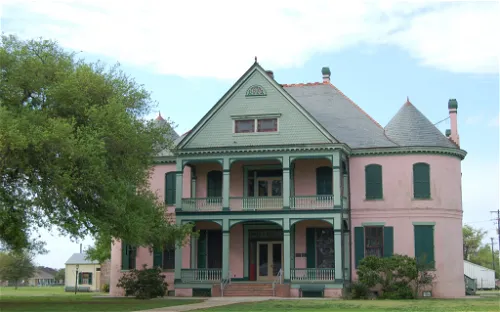Southdown Plantation & Museum and its collection
Southdown Plantation is a historic Southern plantation located in Terrebonne Parish, Louisiana. It was established in 1828 by William John Minor, a significant figure in the region's history. The plantation's rich history and its connection to the early development of the area make it a fascinating destination for those interested in exploring the past.
Southdown Plantation as a Historic Site and Museum
In 1974, the Southdown Plantation was added to the National Register of Historic Places, recognizing its historical significance. In 1982, the plantation house and servants' quarters were opened to the public as a museum. Today, visitors can explore these historic buildings and learn about the plantation's history and the lives of the people who lived and worked there.
History & Anthropology Historic house

